Paul Thomas Anderson’s latest film, One Battle After Another, starring Leonardo DiCaprio, has been praised by critics but is struggling to turn a profit at the box office.
The action thriller, inspired by Thomas Pynchon’s 1990 novel Vineland, also features Sean Penn, Benicio del Toro, Regina Hall, Teyana Taylor, and Chase Infiniti. The story follows an ex-revolutionary who is forced back into action when he and his daughter are hunted by a corrupt military officer.
Anderson had wanted to adapt Pynchon’s novel for years and eventually added his own stories to the plot.
Filming took place in California using VistaVision, a format rarely used in modern movies. The production budget started at $115 million but grew to $175 million, making it the most expensive film of Anderson’s career.
The movie premiered in Los Angeles on September 8, and was released in U.S. theaters on September 26 by Warner Bros. Pictures.
It received strong reviews and has become Anderson’s highest-grossing film, earning $140.9 million worldwide. In the United States and Canada, the film has made $55.7 million, while international markets contributed $85.2 million.
One Battle After Another opened in 3,634 theaters, the widest release of any Anderson film. It made $8.8 million on its first day, including $3.1 million from Thursday previews, and earned $22 million over its opening weekend, topping the box office. However, the second weekend saw a 50% drop, bringing in $11 million and placing it second behind Taylor Swift: The Official Release Party of a Showgirl.
— Warner Bros. (@warnerbros) March 27, 2025Despite the solid numbers for an original, R-rated, nearly three-hour movie, Variety reports that the film still needs about $300 million to break even. Warner Bros. spent over $130 million on production and another $70 million on promotion. Ticket sales are typically split 50-50 between studios and theaters, and DiCaprio reportedly receives a percentage of the gross before the studio recoups costs.
Shawn Robbins, a box office analyst at Fandango, commented on the film’s struggles. “These prestige-type movies have failed to create a sense of FOMO among audiences,” he said. “They weren’t event-ized enough.”
Robbins also pointed out that viewers are increasingly waiting for streaming releases rather than seeing films in theaters, especially for movies without superheroes or big spectacle. “People have come to expect these movies to be available in the home much sooner than they used to be,” he added.
Have something to add? Let us know in the comments!

.jpeg)

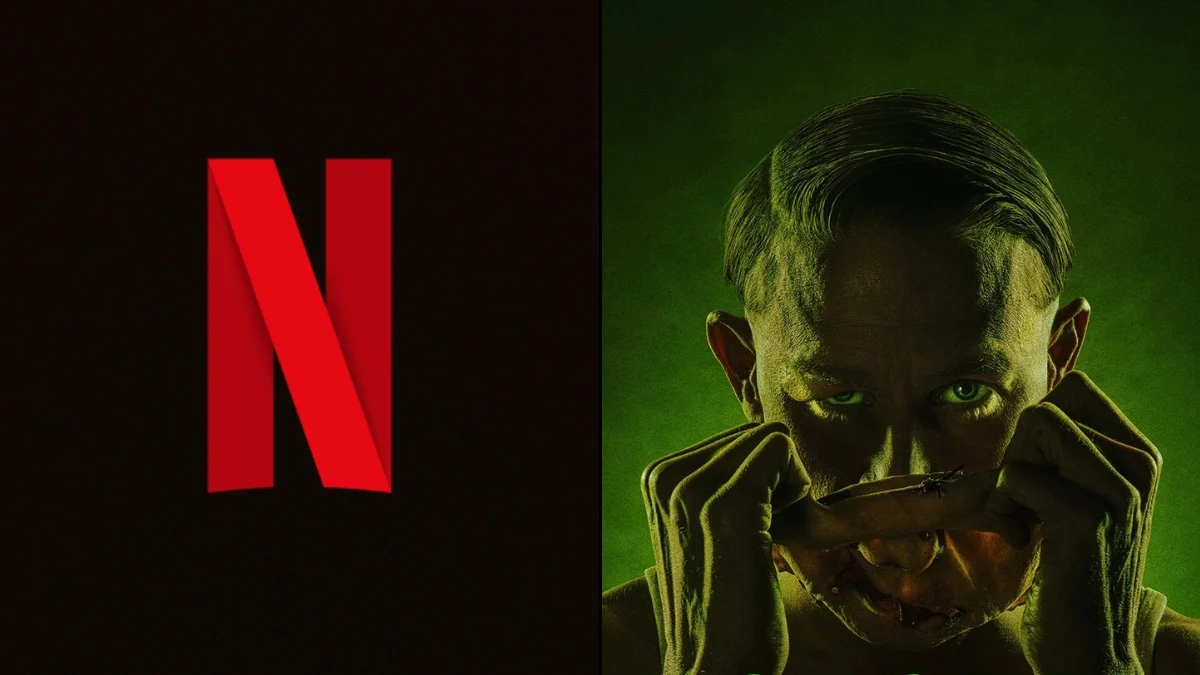
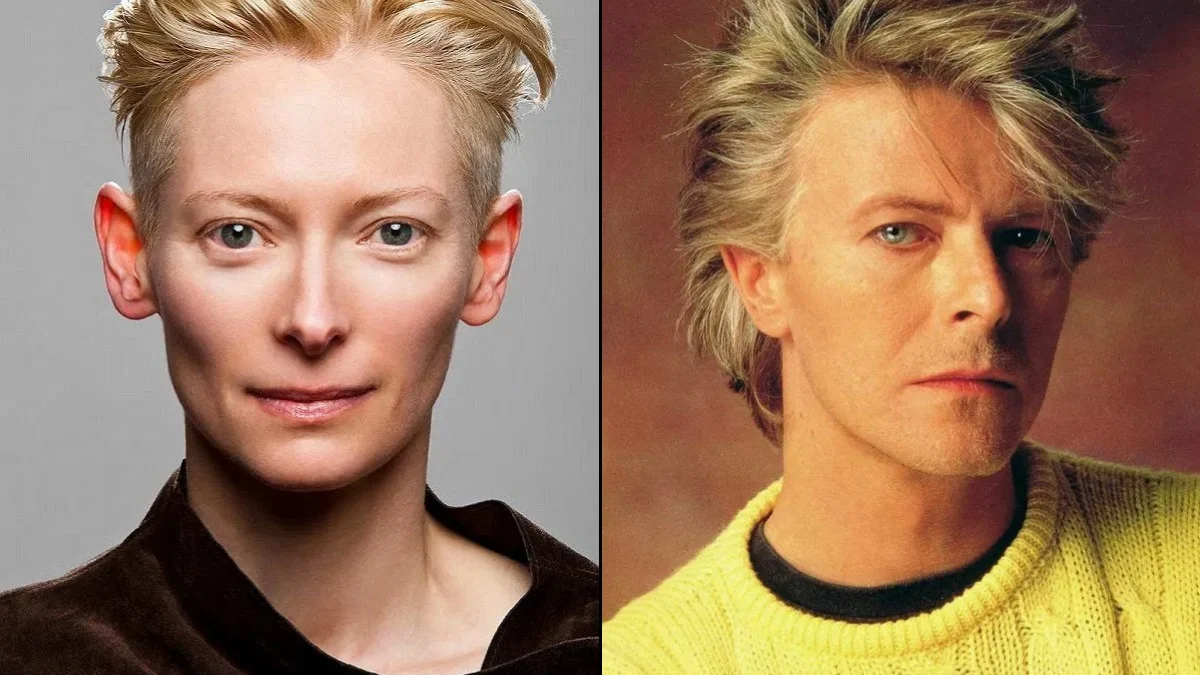
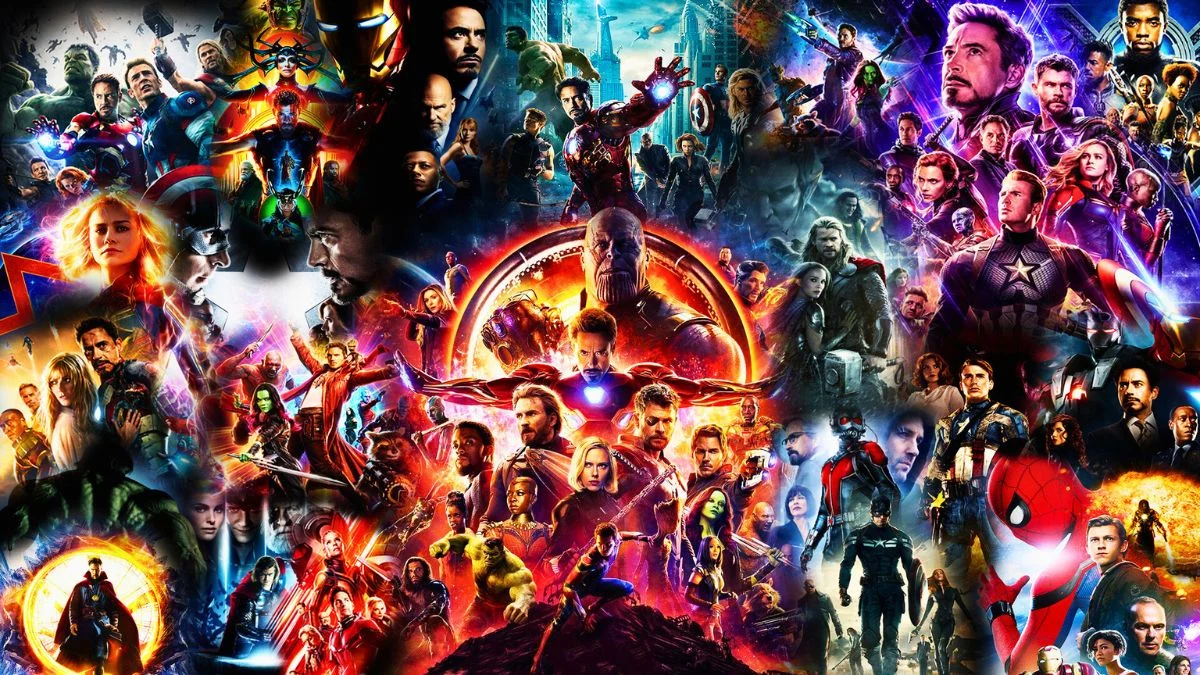
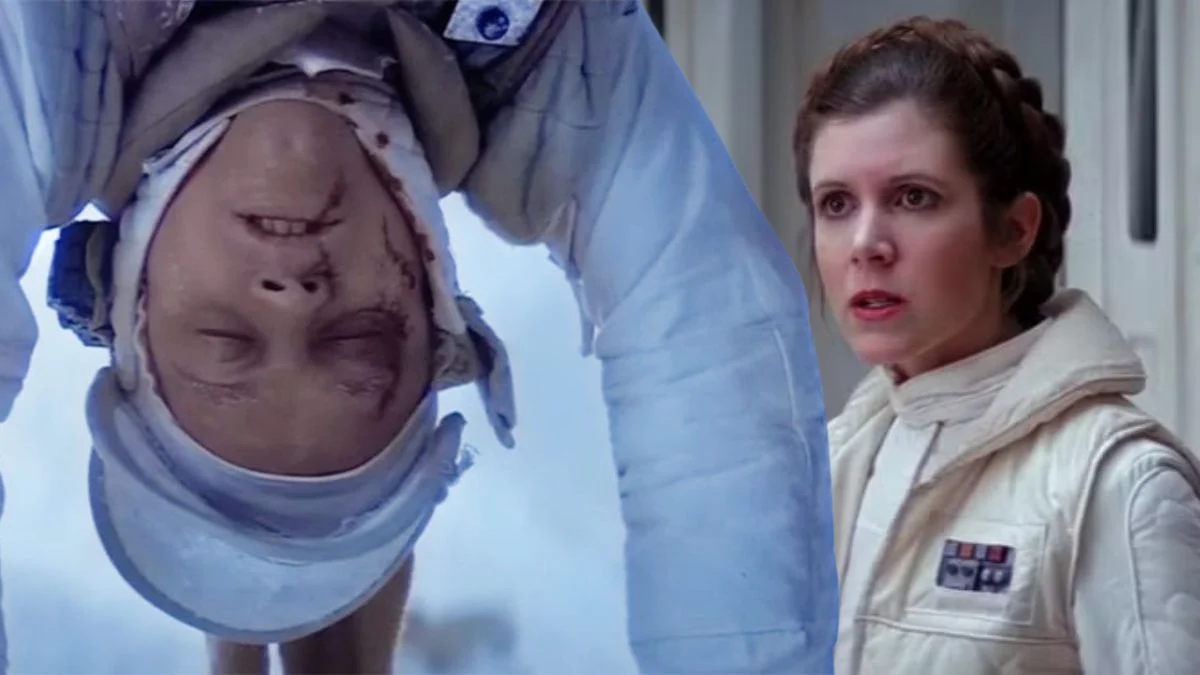
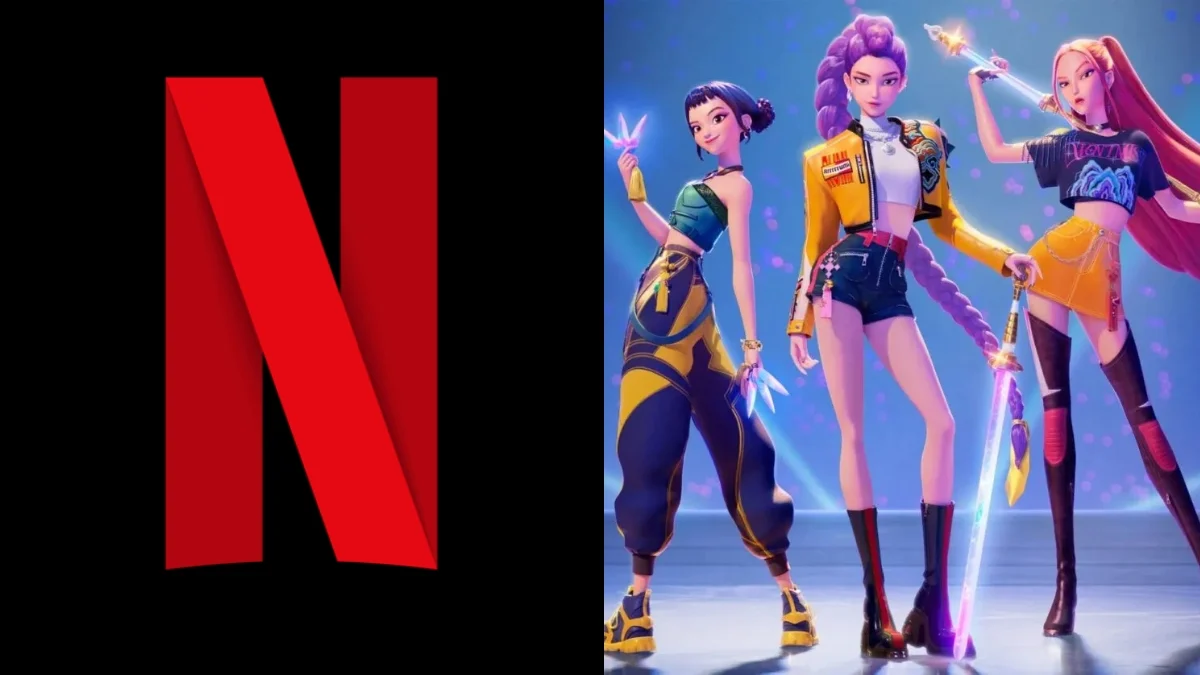
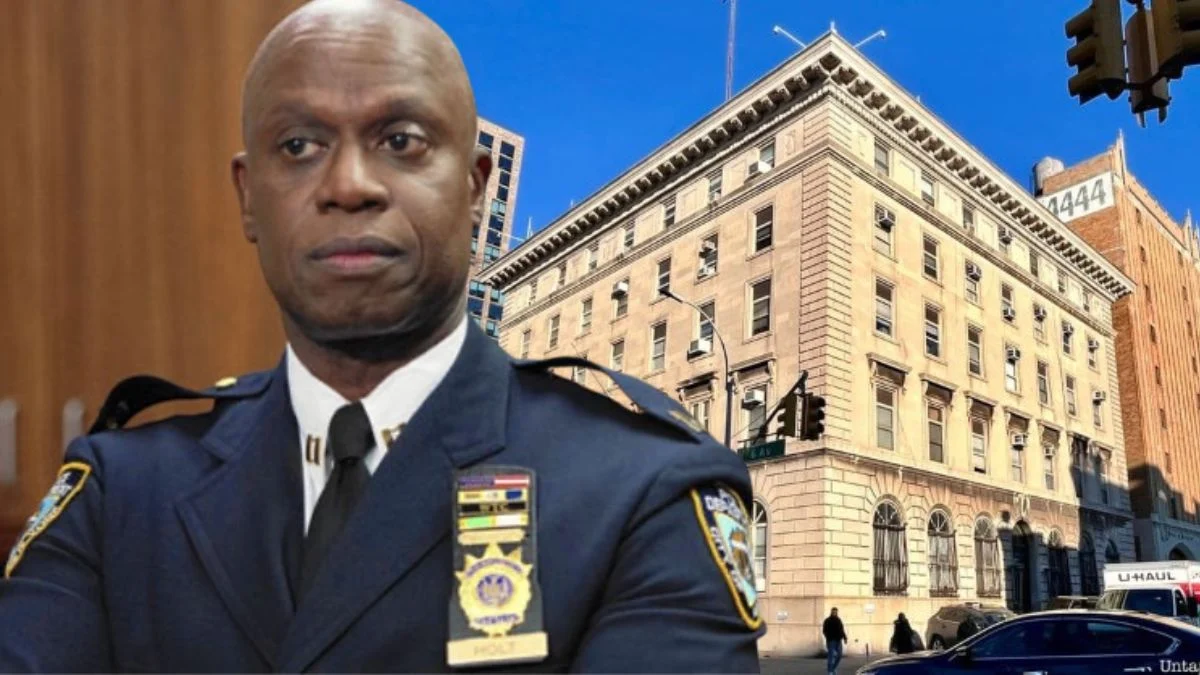
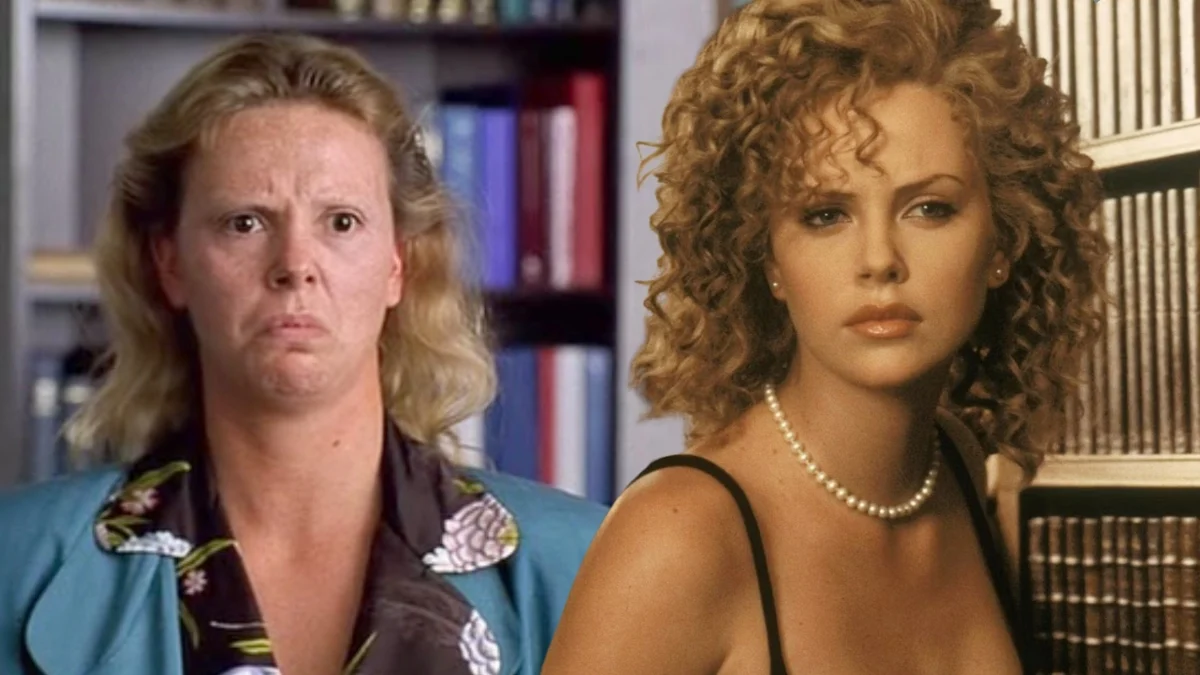
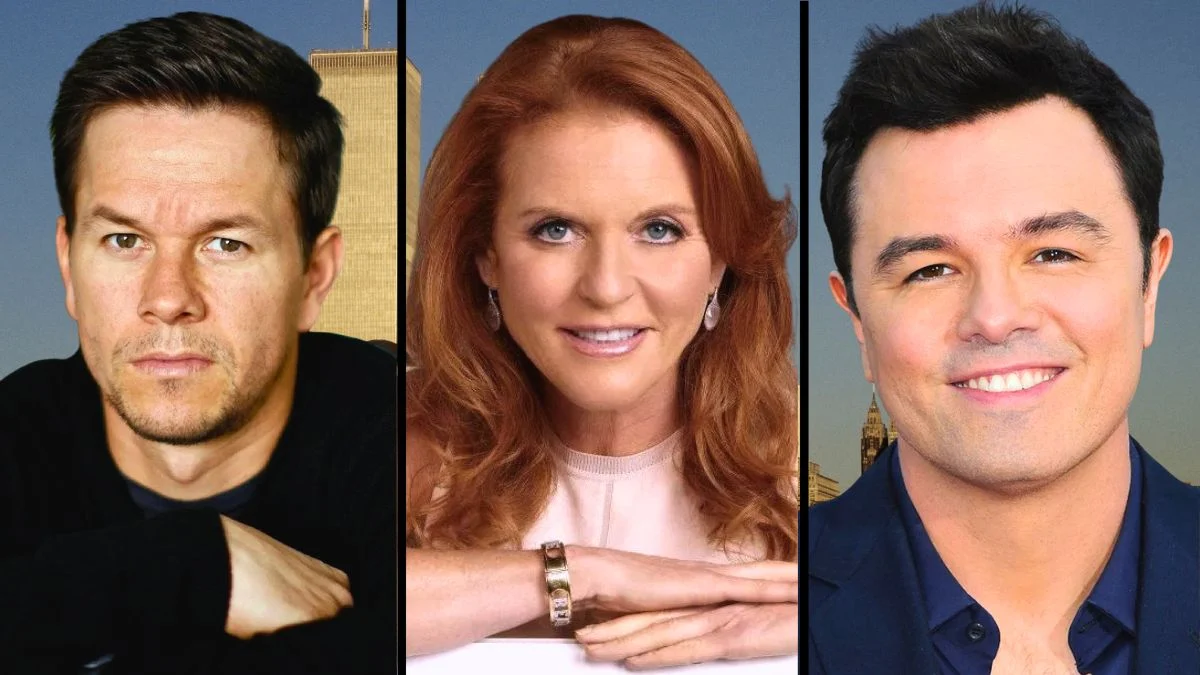
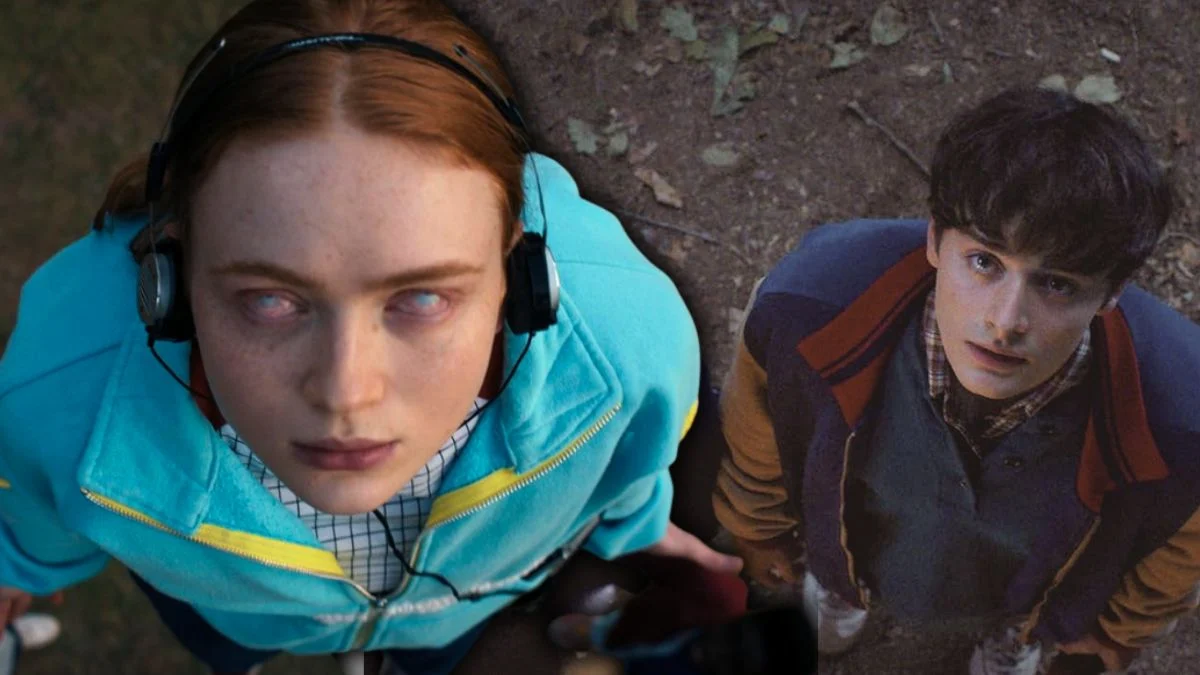
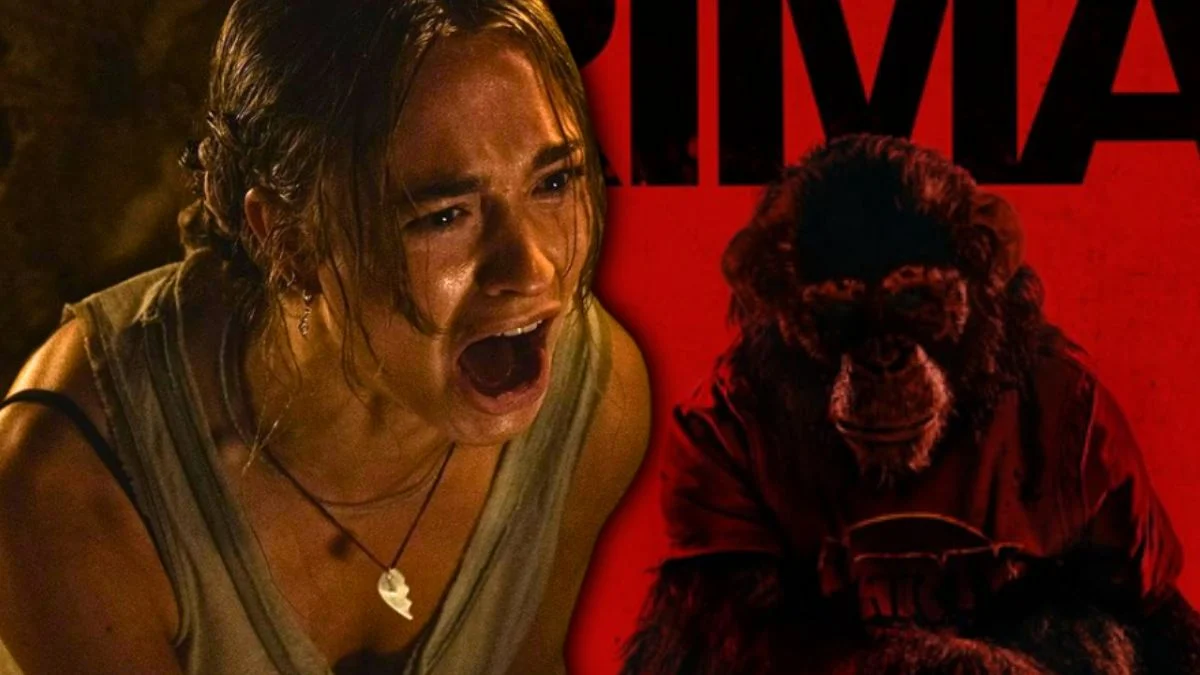
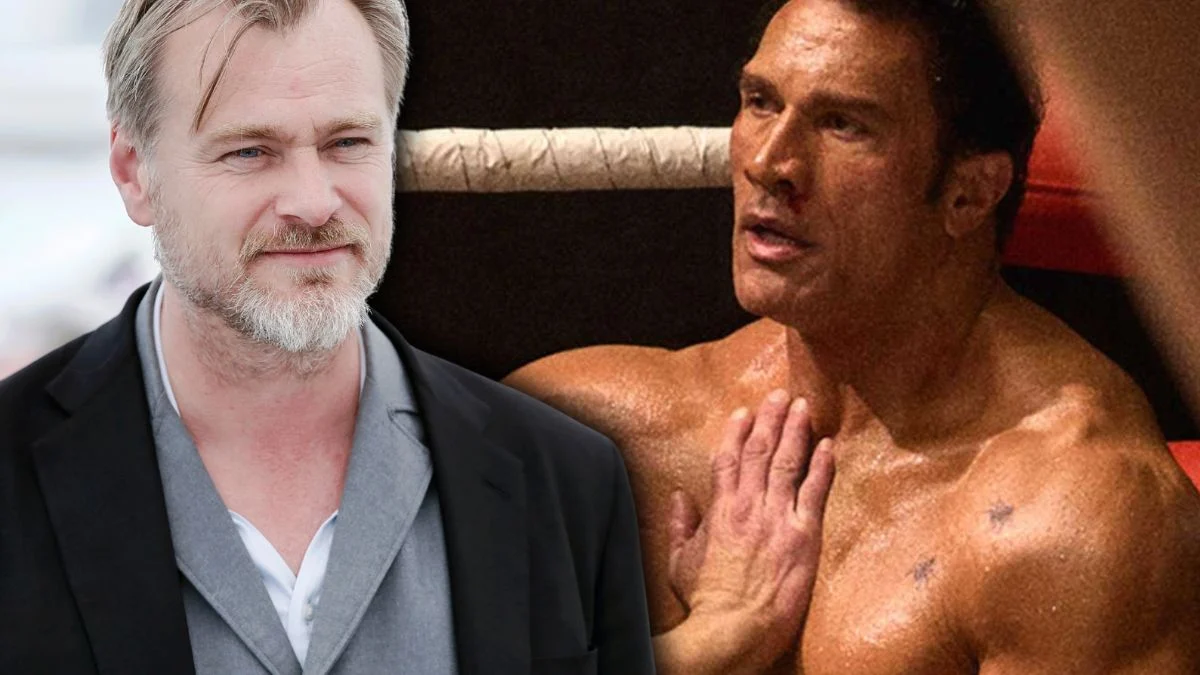


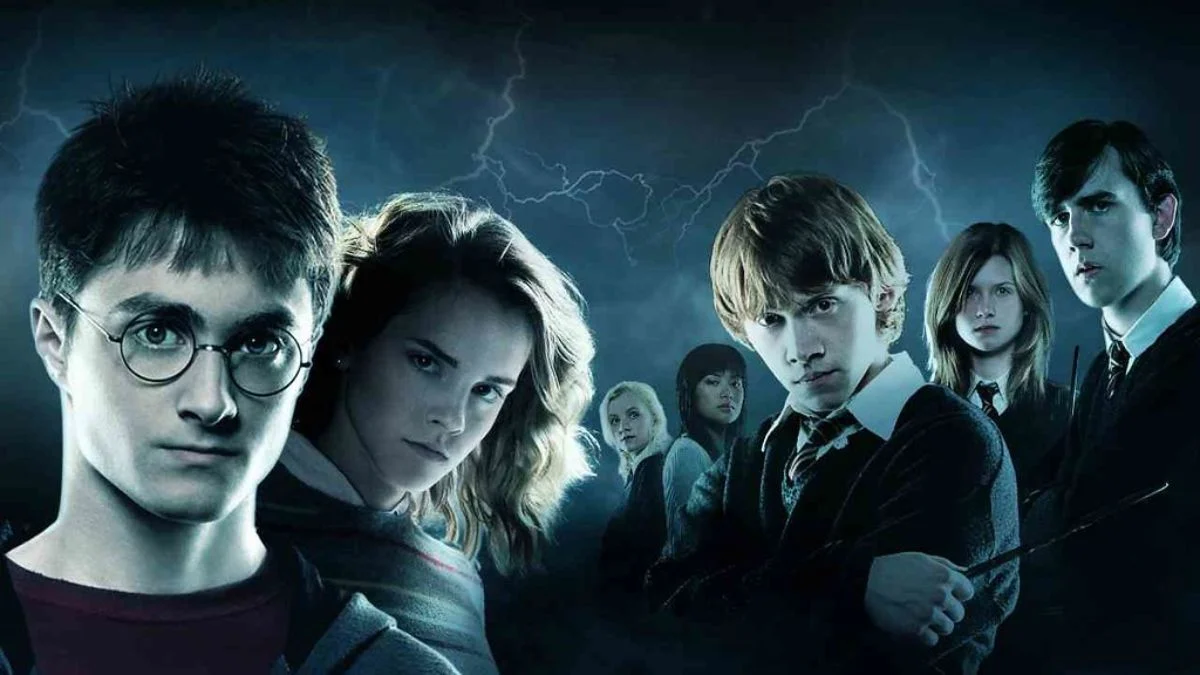
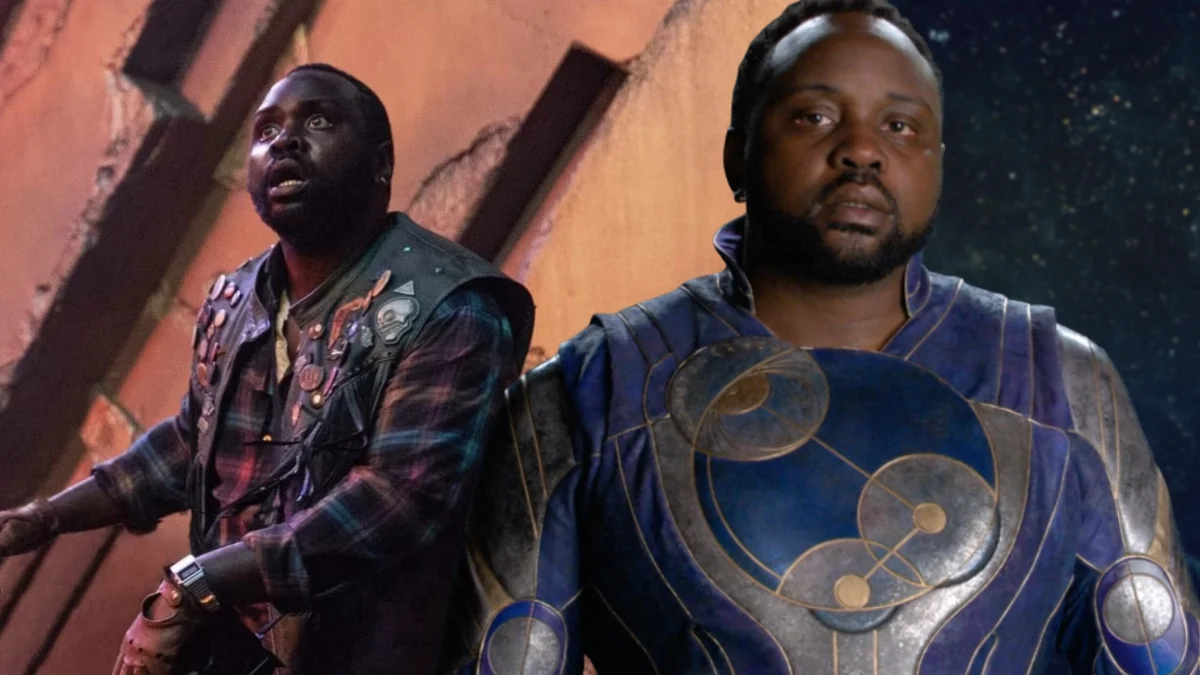





.jpeg)












 English (US) ·
English (US) ·